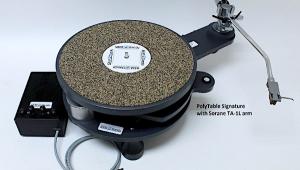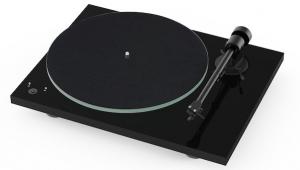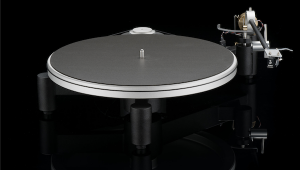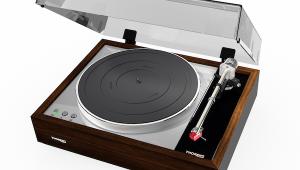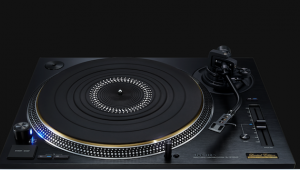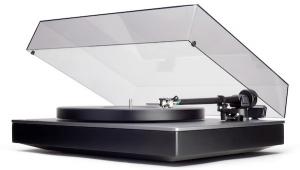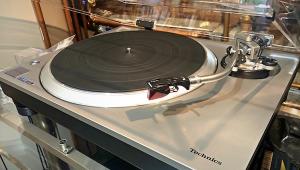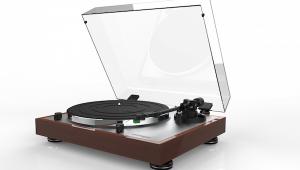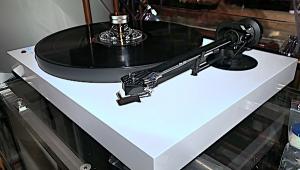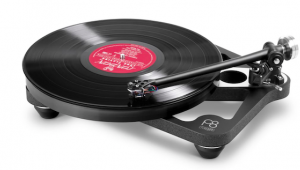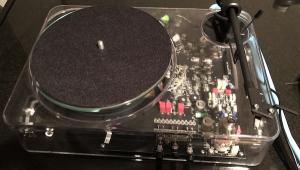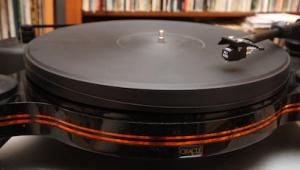Shinola Runwell Turntable Follow-Up
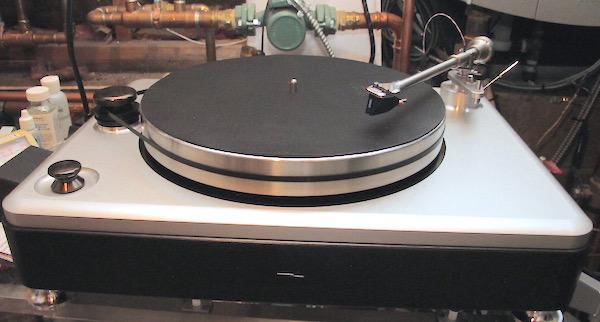
All the end user has to do is unbox, follow a few simple steps and the Runwell is ready to play records. Even the VTF (vertical tracking force) is pre-set.
The original Runwell sample sent for review had a few problems. The pulley had a visible wobble that shouldn't have made it through the inspection process. The 'table ran slightly fast (3150Hz tone was reproduced at 3165Hz) and most disturbing was that the arm occasionally "stuck", indicating high horizontal friction. VPI uses a similar arm, which unusually features a platter bearing for horizontal movement. A company spokesperson says VPI hasn't encountered this issue. However the review sample had it, so we were duty-bound to report it.
Shinola recent sent a second sample for review and here's what we found: the build quality, and "fit'n'finish" remain extremely high. The Runwell is a beautifully designed and constructed turntable, using a heavy, well-damped aluminum alloy platter riding on an inverted ball-type bearing. Read the review for the sonics, because the second sample sounded the same.
The second sample's pulley spun true, the speed remained identically slightly fast but the horizontal bearing never "stuck". That said, there was some alarming distortion on the first record. A check of the "out of the box" vertical tracking force indicated 1.97g, which is ideal. The next record had the same issue. A closer examination of the cuing platform indicated it was not correctly set at the factory (or perhaps it came that way from the manufacturing facility and no one at Shinola checked it).
The set height caused the arm to come into slight contact with the platform's rubber surface. This is something the average customer will never notice or diagnose. What's more, Shinola does not provide the tool necessary to adjust the platform height.
Therefore it's critical that this and every other arm parameter be carefully checked before the 'table leaves the factory. The "plug'n'play" ideal here is laudable, including not burdening new vinyl customers with all of the possible variables that can affect playback. However, if you're going to ship a product this way it's 100% essential that everything is perfectly adjusted before the product is packaged and shipped.
Once that problem had been corrected I was hoping for smooth sonic sailing but for the first five or so records after the cuing platform adjustment there was considerable distortion that indicated the horizontal bearing was not altogether "free". After those first few plays the problem resolved itself, even playing complex orchestral music so perhaps there's a short "break-in" period?
To be certain the issue wasn't chronic, dozens of records were played over a week-long period, resulting in no audible distortion. The Runwell produced the rich, full-bodied sound described in the original review and no doubt first time vinyl listeners will be thrilled by the full-throated harmonic presentation and solid bass this turntable can produce.
For those in need of a dustcover, one is now available from Gingko Audio. It's $399 and looks appropriately well-made. Not "cheap" but a curious finger or klutzy cleaning person in a few seconds could produce a few hundred dollar's worth of damage.
Overall then, this second sample was 99% there. Since the second sample ran slightly fast like the first, I assume that's design choice. It's not sufficiently "off" to produce pitch issues, so not a big deal. Once the platform had been adjusted and the arm had "broken in", there were no distortion and/or "sticking" issues, so I think the Shinola Runwell is now "good to go". However I hope the factory pays greater attention to every arm parameter including cuing platform height, before boxing and shipping.


